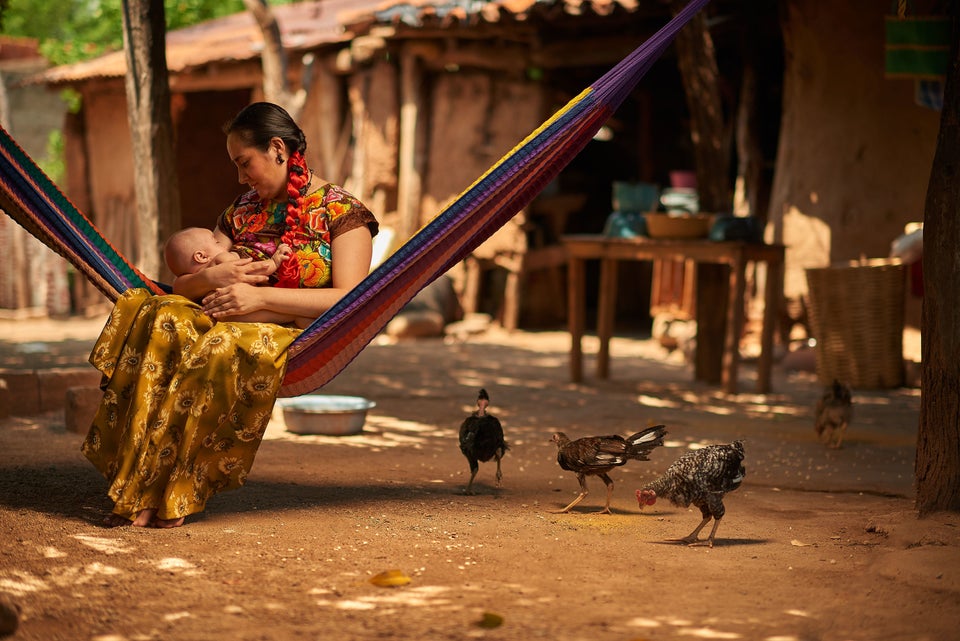On Monday, as people across the country celebrated the controversial Columbus Day holiday, young Native Americans in Los Angeles marked Indigenous Peoples Day for the first time in their city.
After an almost unanimous city council vote in August, Los Angeles joined a number of other U.S. cities and states in renaming the Columbus Day holiday. The change is meant to recognize Native communities who were in the Americas long before Christopher Columbus “discovered” the continent ― and to avoid honoring Columbus’ legacy, which included enslaving and killing countless indigenous people.
Other places have also established holidays to celebrate indigenous peoples, from the United Nations’ International Day of the World’s Indigenous Peoples on Aug. 9 to the Day of the Indian, celebrated in countries like Mexico and Brazil on April 19.
And some other U.S. cities ― like Denver, Seattle, and recently, Austin and Salt Lake City ― as well as states like Vermont and Hawaii, will also be celebrating Indigenous Peoples Day.
But the decision is particularly notable in Los Angeles, as it is the U.S. city with the second-largest number of Native Americans, after New York City. While the name change won’t officially take effect until 2019, many Native Americans are already celebrating Indigenous Peoples Day in Los Angeles this Oct. 9.
The name change follows years of advocacy by local Native leaders and young people, according to Marcos Aguilar, head of Semillas Community Schools, which mainly serves indigenous students. At the August city council meeting, young Native organizers gathered at Los Angeles City Hall to dance and sing in Native languages.
HuffPost spoke to five young Native Americans about what the city’s first Indigenous Peoples Day means to them. Here’s what they said.
Interviews have been edited for length and clarity.
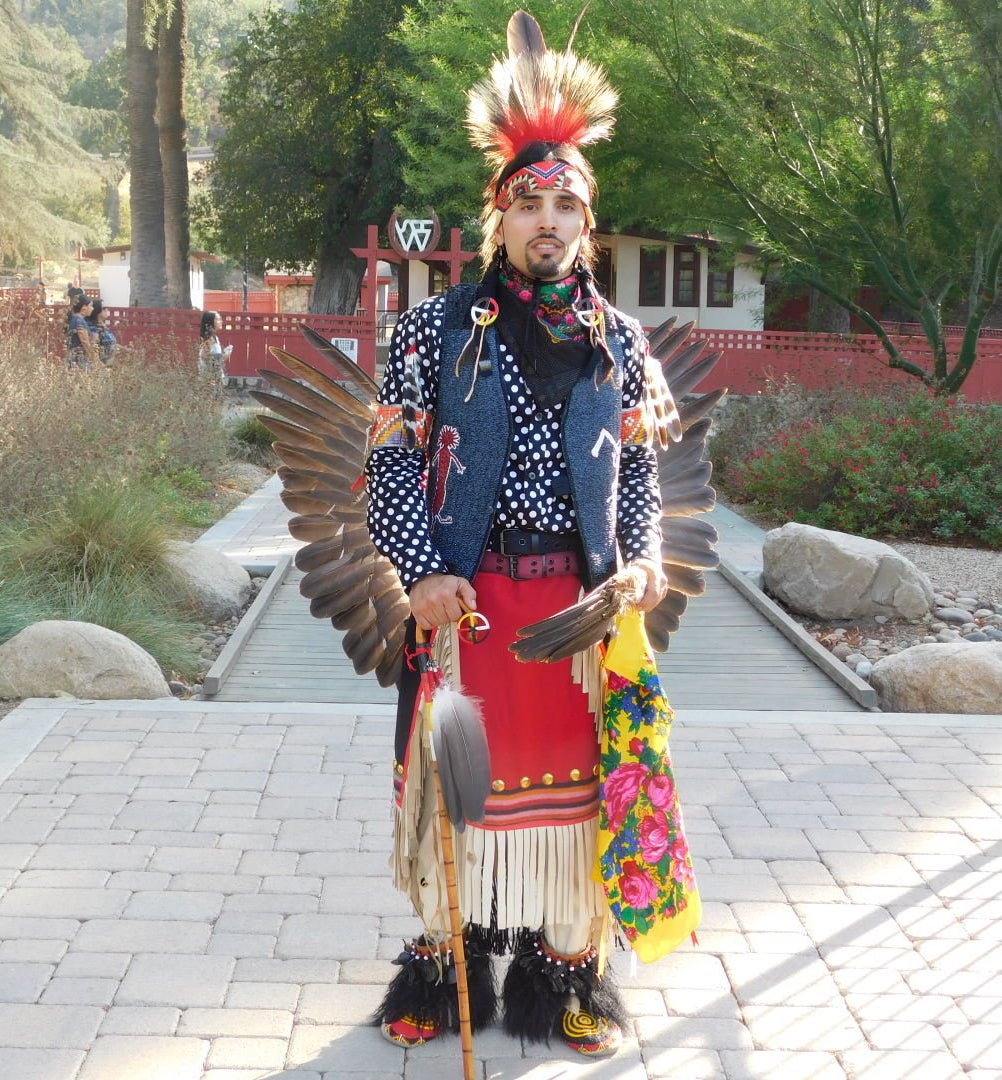
Aaron Martin
Martin, 28, identifies as Native, of the Fernandeño-Tataviam Band of Mission Indians. This coming weekend, he’ll dance at an Indigenous Peoples Day festival that his tribe is co-hosting in San Fernando Recreation Park.
“Before, I hated the day, because it was Columbus Day, and I tried not to celebrate it. Now that it’s Indigenous Peoples Day, it’s one to be proud of and celebrate.
The truth is, indigenous people were here first, and they shouldn’t honor something that was an attempted genocide.
“The truth is, indigenous people were here first, and they shouldn’t honor something that was an attempted genocide.”
- Aaron Martin, 28
I’m hoping it sets an example. Maybe it will open other cities, states to open their eyes, to make the switch. I don’t see why it would be so hard ― it is the right thing to do.”
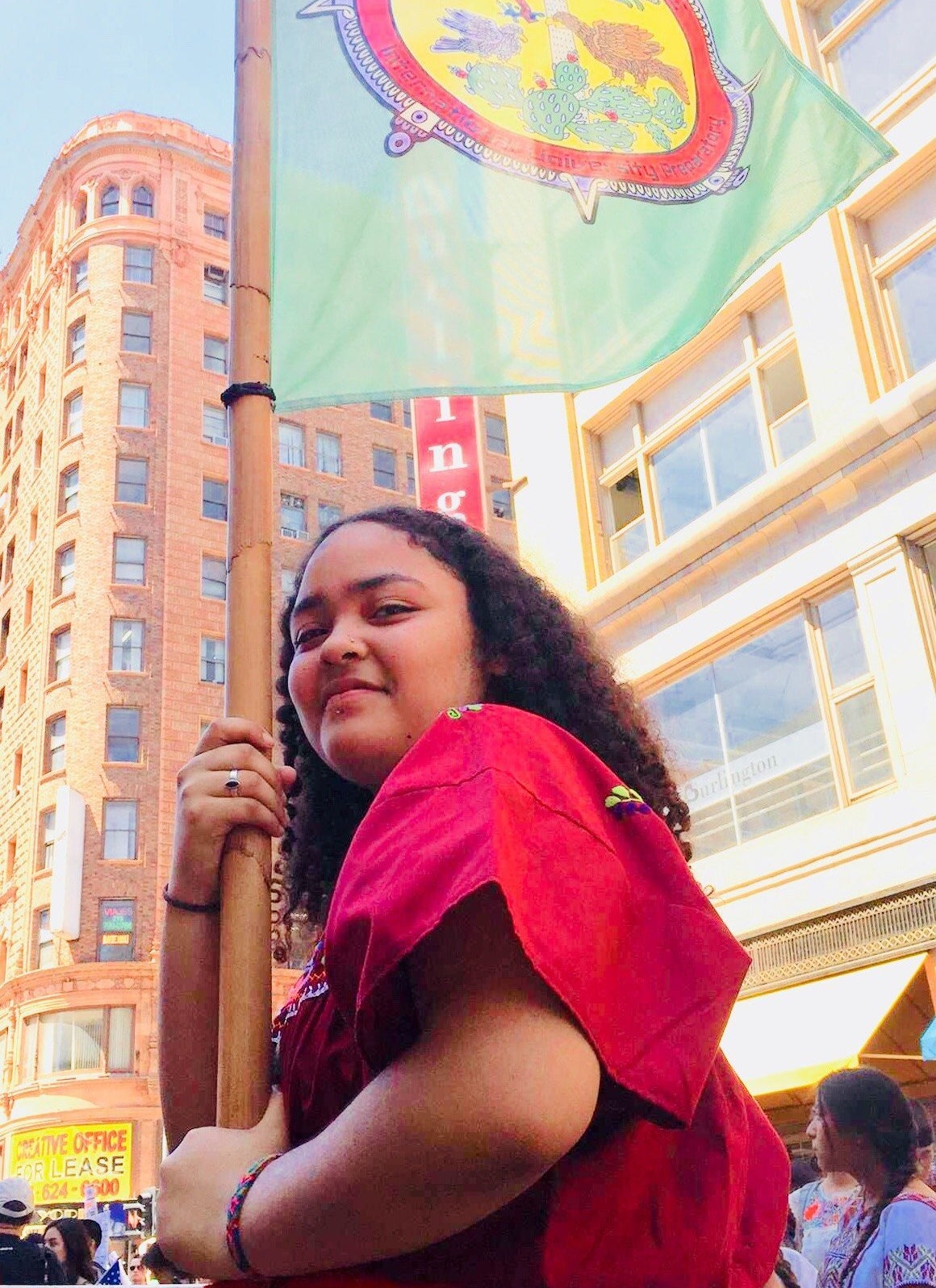
Ja-Rey Kilpatrick
Kilpatrick, 16, is a junior at Semillas Community Schools who identifies as Afro-Mexica, of one of the indigenous tribes of Mexico. Kilpatrick performed traditional Native dances at City Hall on the day of the vote in August.
“The establishment of [Indigenous Peoples Day] is recognizing the trauma people of color have suffered, bringing others to question their knowledge, what people have taught them.
I was there that day [at City Hall] with our school. As a danzante, my role was important because my ancestors couldn’t practice their traditions and beliefs, so singing in Native languages made me proud of fighting for recognition of indigenous peoples.
“Recognizing the trauma people of color have suffered, bringing others to question their knowledge, what people have taught them.”
- Ja-Rey Kilpatrick
I hope it will spark others to want to get to know themselves. A lot of people have indigenous connections to the land. I hope the name change will cause people to look for who they are.”
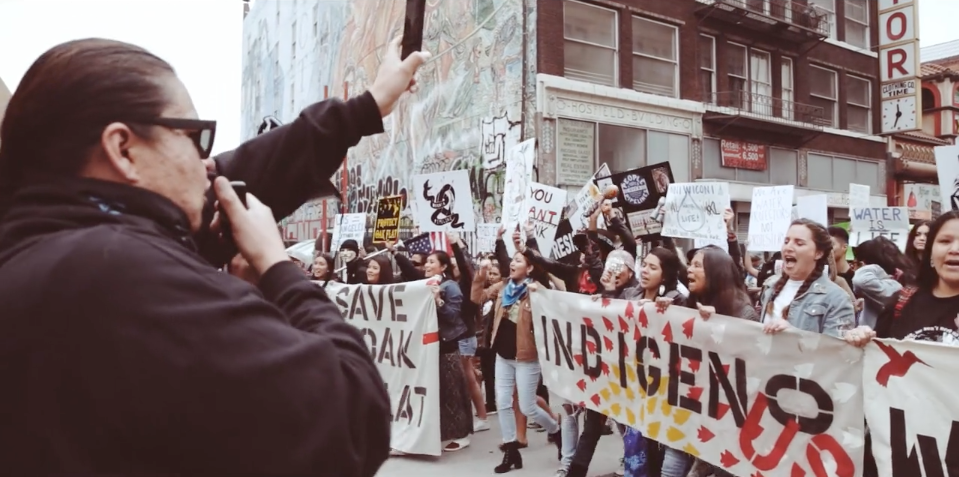
Timothy Ornelas
Ornelas, 28, is a student at Los Angeles Film School who identifies as Native, of the Fernandeño-Tataviam Band of Mission Indians. Ornelas was at City Hall in August when the name change was approved.
“It’s not just a switch in the day, it’s a kind of correction: to switch Columbus Day and celebrate indigenous people, and put them into the narrative.
At City Hall, we had opposition from the Italian community [who wanted to keep Columbus Day]. I didn’t even think about that ― it actually made me understand that every community is fighting for different things, and to make their history more present and mainstream.
“It’s a kind of correction: to switch Columbus Day and celebrate indigenous people, and put them into the narrative.”
- Timothy Ornelas
LA is a huge city, but still ... Hopefully one day before my kids are older, it changes [to Indigenous Peoples Day] on a federal level and we actually see it on our calendars. It’s a lot of work still.”
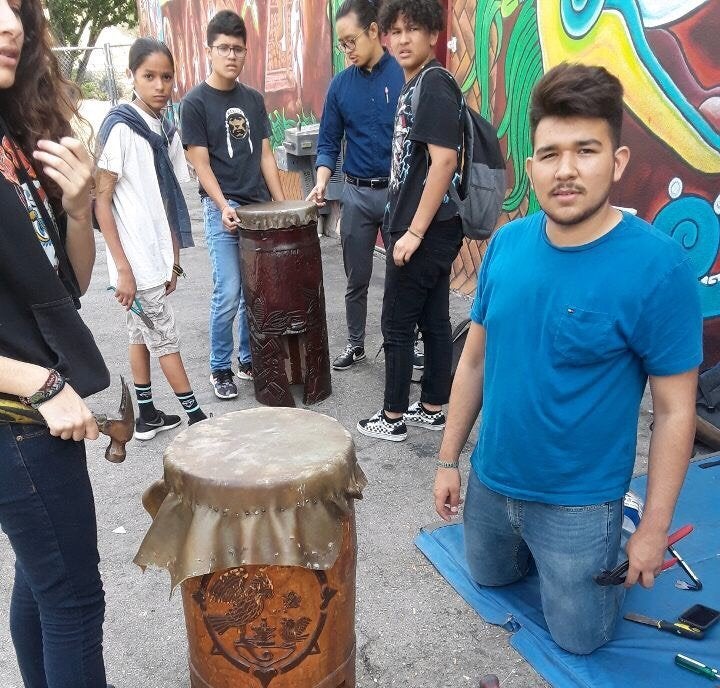
Antonio Tlaloc Carrillo
Carrillo, 16, is a junior at Semillas Community Schools in Los Angeles and identifies as Mexica, one of the indigenous tribes of Mexico.
“Last year in our [school] running club, about 10 of us participated in a run from our school to City Hall, where a few of us spoke on why Columbus Day should be abolished and replaced.
“I want this day to be spread across not just the country, but all of the Americas.”
- Antonio Tlaloc Carrillo
For me, this day represented the genocide of millions of people and hundreds of cultures and languages. I felt relief to know that [now some] indigenous people of the Americas can finally live in a place where they’re not surrounded by people celebrating a man who created the genocide of their ancestors.
I want this day to be spread across not just the country, but all of the Americas.”
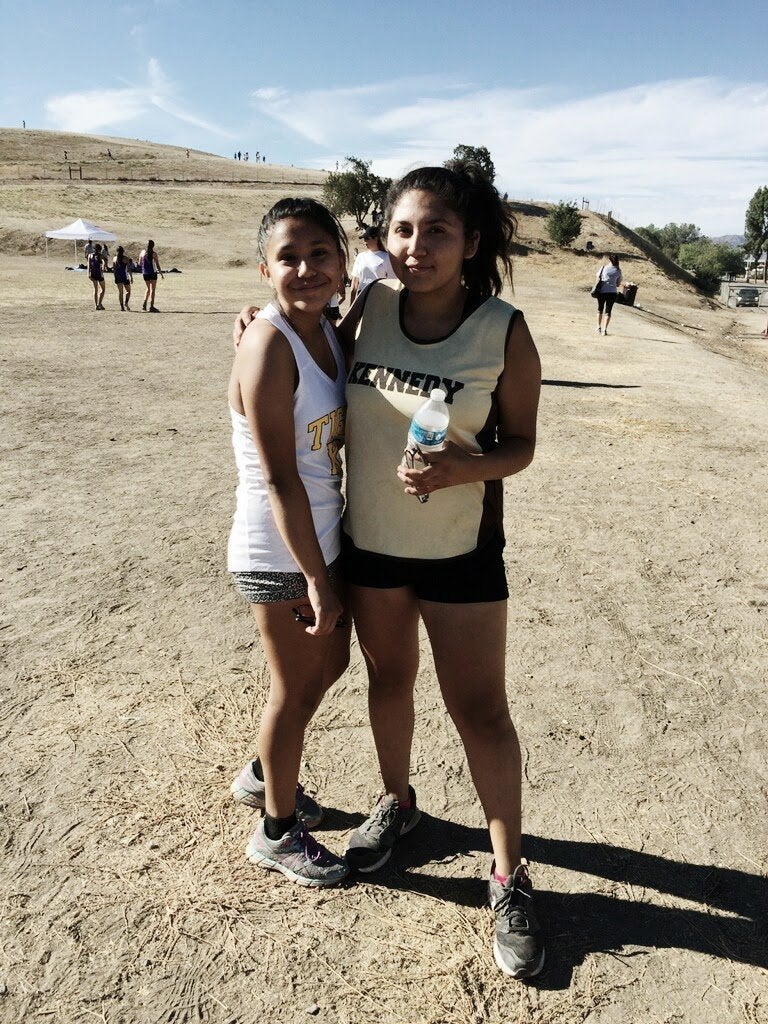
Citlaly Patricia Ortega
Ortega, 16, is a student at John F. Kennedy High School who identifies as Native, of the Fernandeño-Tataviam Band of Mission Indians.
“In history class, another student once said that without Columbus there would be no us, or United States today. That really got under my skin; I don’t think he knew what really happened.
“There are indigenous people ― we should be heard.”
- Citlaly Ortega
After [the change to Indigenous Peoples Day], I know some people were looking into it and were surprised, and were actually interested and understood it better.
When I say I’m Native American, I get shocked faces. The change [to Indigenous Peoples Day] is a good thing because people know that we’re still out here. There are indigenous people ― we should be heard.”
CORRECTION: A previous version of this article stated Los Angeles had the second largest percentage of Native Americans of any U.S. city. In fact, it has the second largest number of Native Americans, after New York.
